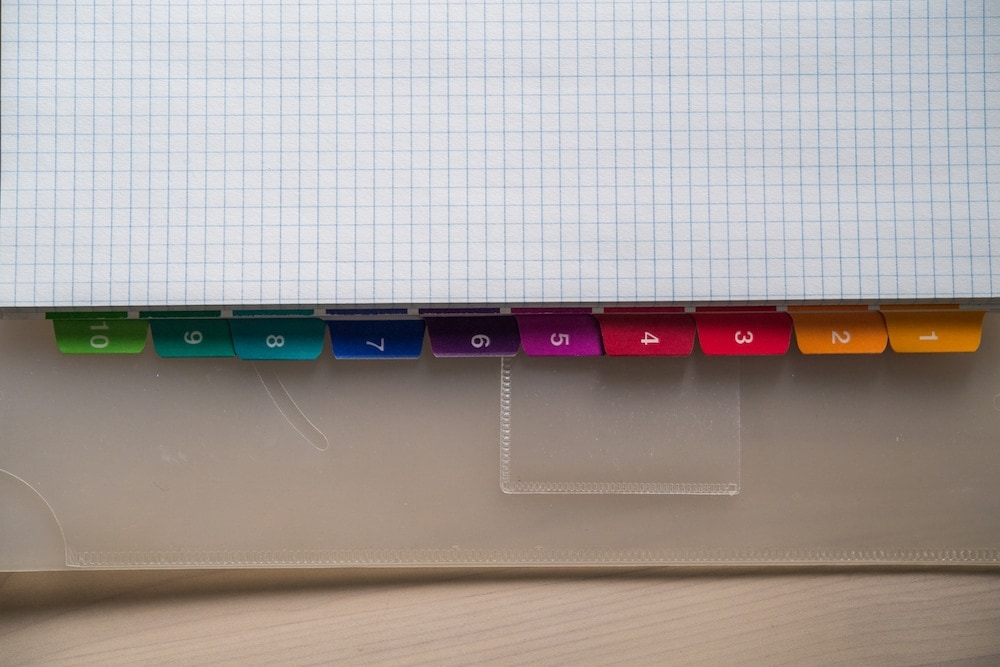For all you visual people out there, this one takes a little getting used to, but once you learn it you can save a bunch of time AND feel like a badass. Nerdy is the new cool, right? 🙂
In this video, I will teach you how to insert a blank sheet, and how to move and rename tabs (worksheets), using Excel shortcuts for both PC and Mac.
Download FREE Hands-On Exercises
Full Video Transcript:
It’s funny how many times I amaze people with the simplest adjustment to their workflow. Like this one client, who didn’t believe me when I said I can actually move the tab using just the keyboard. He was pretty blown away, and hopefully, in this video, I’ll elicit the same reaction from you.
Moving, renaming, and copying your tabs or your worksheets is one of those fundamental skills that actually lets you take control of your sheet in a way that you couldn’t otherwise.
So, instead of using the mouse to do this…sure, you can drag and drop, but with the keyboard, you can actually get very precise and very quick.
The way to do it is to use the ALT key with the PC. When you press and let go of ALT, you pop open this whole world of additional access to the ribbon. If you hit H it’s going to move there, if you hit to the O it’s going to move to Format, and if you hit M, it’s going to give you the Move or Copy window.
So within here, you have a bunch of different things going on, but pretty straightforward. I just want to choose where it’s going to go. I can use the mouse to click, or I can go up and down with the arrows.
Quick thing to point out. If it’s actually not in this focus, I’m going to hit TAB to move to the next option. TAB again, TAB again, TAB again, TAB again. You can also hit SHIFT + TAB to move prior, so TAB will go forward, SHIFT + TAB will go backwards.
Once you’re in the spot you want, you can move up and down. I’m going to move this cover sheet right before the number six. I hit ENTER, and it actually moves it. You saw it at the bottom real quick. So, that’s a really cool trick.
If you want to rename a sheet, for example, let’s say I’m over here on my demo. I want to rename it. ALT + H + O + R. It’s already highlighted, all I have to do is start typing and hit ENTER, and I’m good to go. So, that’s a big time-saver right there.
The last one’s a little trickier, in that you do ALT + H + O + M to do Move or Copy, and from here, the only difference is you’re going to check this box on. So, you see how it’s underlined here with the C? That means if you hit ALT + C, it will give you that checkbox all ready for you without having to lift a finger, which is awesome. You can enter, it’s going to create that duplicate in the position that you want, so really, really helpful.
The memory trick for this for the PC is to Hurry Over and Move your sheet. Okay? So H, O, M. Hurry over, move your sheet. If you want to hurry over and rename your sheet, that’s how to get the rename option, and then the C, copy. Pretty straightforward.
If you’re on the Mac, you need to actually customize your keyboard shortcut. There’s a separate video. Go to the description of the video here and actually click on the link to get instructions on how to do that step-by-step.
So, couple things to keep in mind. You’re actually better off copying sheets this way, as opposed to selecting all and copying, and then going to a blank sheet and pasting it in. That’s a little dangerous. Instead, you want to do ALT + H + O + M, and then create that copy this way.
You also cannot undo a move, rename, or copy, so be very careful with this. Always save backups of your work and create a new version if you don’t want to have anything go wrong, but essentially, that’s what you need to do.
So, for going ahead and actually completing this exercise, you want to rearrange the worksheets in the correct order. So, they’re already set up with numbers, it’s pretty straightforward. Then rename them all in all caps, and then create a copy of all of them, except for the cover. Good luck!
Don’t forget to visit excelshir.com, where you can download these exercises, along with other free resources, such as keyboard shortcut cheat sheets for both PC and Mac.
Thanks for watching, and I’ll see you next time, and one quick thing before I go. The next time you’re spending quality time with your family, and you’re in front of that roaring fire, and you’re sharing stories of how it once was, make sure that one of those stories shares the Excel love.




